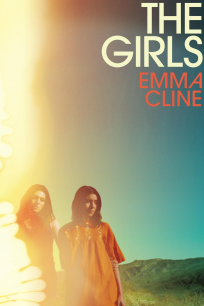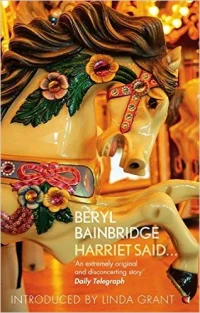
I read this book in one sitting, finishing late at night, and am still reeling from it. In fact, I’ve actually been trying to write this review for a couple of weeks and have been struggling with it because the novel just encompasses so much. Anchor Point is a powerful story about how humans, both individually and as a society, relate to the land – how we connect with it, how we destroy it, and how the state of the environment exerts control over our lives whether we like it or not. But it’s also a very personal story of an individual woman, Laura, and her own connection to the sheep farm she grew up on, as well as her relationship with her family, her work, her lover. The whole story is also about climate change. I’m impressed at how Robinson wove all these elements together into a cohesive, almost seamless whole.
The impetus for the story is an unwanted letter. Laura’s mother, Kath, goes missing from their rural property in western Victoria during a terrible storm. After hours of searching the nearby bush and gully to no avail, Laura finds a note from her mother: Kath hasn’t disappeared, she has abandoned them. In her ten-year-old hurt and confusion, Laura burns the note and keeps it secret from her father and sister, for the next forty years.
Even though I found the whole letter-burning ordeal a little clichéd, the way that Laura deals with her grief, shame and guilt about her mother is really convincing. The character feels so real. I was constantly thinking ‘ahh, YES! That is exactly how a person would respond in that situation!’ even though her actions were complex and not always predictable. But, Robinson manages to convey Laura (and other character’s) inner feelings without being too explicit – Laura as a character ‘accumulates’ over the text, so that by the end I felt quite deeply whatever she was feeling.
Continue reading →









